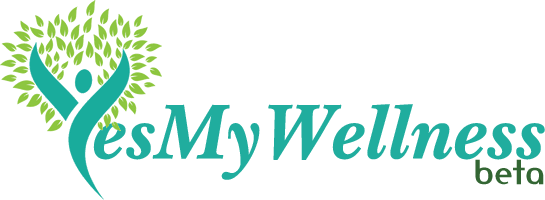Coping And Living With Stroke
Coping And Living With Stroke
Share
A stroke can occur at any age but it is most likely affect those from middle age onwards.
4 out of 5 strokes occur when blood flow to the brain is blocked by a blood clot. People who experience clots may have chronic health problems that affect the normal flow of blood, such as heart disease or hardening of the arteries (atherosclerosis).
Other (haemorrhagic) strokes occur as a result of bleeding in or around thc brain and these cases are often more severe than strokes caused by a clot.
A stroke may cause only temporary symptoms such as facial palsy that disappears within hours. This is known as a TIA (transient ischaemic attack, or’mini-stroke’). However, on the contrary, severe stroke may lead to permanent disability.
Once diagnosed, stroke patients are likely to be cared for by a specialist multi-disciplinary medical team and given highly effective drug treatments.
Common Medication For Stroke
The 3 most common types of medication that are prescribed br stroke patients are statins, blood-pressure drugs and warfarin.
Statins
These drugs work by controlling the level of cholesterol in the blood, which is a major risk factor in the build-up of plaque in the blood vessels and thus a clot.
By taking a statin, in combination with other medication, you are also likely to suffer less extensive brain damage if you do have a stroke.
Blood-pressure medication
Lowering your blood pressure will help to prevent further strokes no matter what sort of stroke you have had. Several different types of blood pressure medication are prescribed, depending on your symptoms and how well you tolerate them.
They are most effective if you also make lifestyle changes such as reducing your alcohol consumption, increasing your activity and exercise levels and eating a healthier diet.
Warfarin
If you have had a stroke caused by a blood clot and have an abnormal heart rhythm, you are likely to be prescribed warfarin because it substantially reduces the risk of a subsequent stroke.
11 Tips On Living Well With Stroke
1. Control Chronic Health Problems
Once you have had a stroke, there are several long-term conditions that you need to focus on to reduce your risk of having a second stroke.
High Blood Pressure
This is perhaps the most important. If your doctor prescribes medication for high blood pressure, make sure you take it and go for regular blood pressure checks.
High Cholesterol Levels
Ask your doctor if you should be prescribed a statin to reduce levels of ‘bad’ LDL cholesterol.
Abnormal Blood Glucose Levels
Aim to keep your blood-glucose levels as normal as possible.
Abnormal Heart Rhythms
Unless you had a haemorrhagic stroke (a stroke resulting from a bleed), your doctor will probably prescribe a blood-thinning medication such as aspirin or warfarin to reduce the chances of a blood clot.
2. Don’t Despair
If you can’t do everything you used to be able to do, there will be many things you can still enjoy and new possibilities to explore.
If you are feeling sad, consider treatment, whether this involves seeing a therapist or clinical psychologist, or taking a course of antidepressant medication.
3. Get Family Involvement
During your stay in hospital, surround yourself with photographs of your family and friends, and ask your visitors to bring in souvenirs and keepsakes where such objects: will remind you why it’s worth striving for.
4. Get Moving
A stroke may have affected your mobility but the sooner you get out of your hospital bed and walking around thc better your chance, of making a good recovery. While you are still in hospital and have begun to walk,try to do some gentle aerobic excrcise under thc guidance of a physiotherapist.
5. Try Not To Push People Away
Even if you have difficulty communicating, spending lime with your family and wider social circle is healthy.
6. Focus On your Muscles
More than one third of stroke patients suffer spasticity, meaning tight or stiff muscles. Moving your limbs can be hard as well as painful and simple daily activities become time-consuming for you and your carers.
Talk to your healthcare team about effective treatments including medication, physiotherapy and occupational therapy.
7. Build Up Your Weaker Limbs
Try not to do everything with the stronger side of your body. For example, attempt activities that require you to move or put weight on your weaker leg.
8. Don’t Overdo Rehabilitation Therapy
Becoming exhausted will only set you back rather than push you forward.
9. Do More Each Day
Stand for longer, walk a bit farther, climb the stairs than once a day.
10. Seek Stimulation
Mental and physical stimulation are vital ffor rediscovering yourself after your period in hospital.
Try to arrange regular challenges for your body and mind. For example, by setting goals for your physical exercise program or mental workouts such as puzzles.
11. Listen To Your Favourite Music
You can get better more quickly by listening to your favourite music, according to Finnish researchers.
The study reported in the journal Brain, showed that stroke patients who listened to their favourite music in thc early days of recovery were better at remembering language later on than those who did nothing or just listened to audio books.
They had better cognitive recovery and were less likely to develop depression.
You Might also Like


















